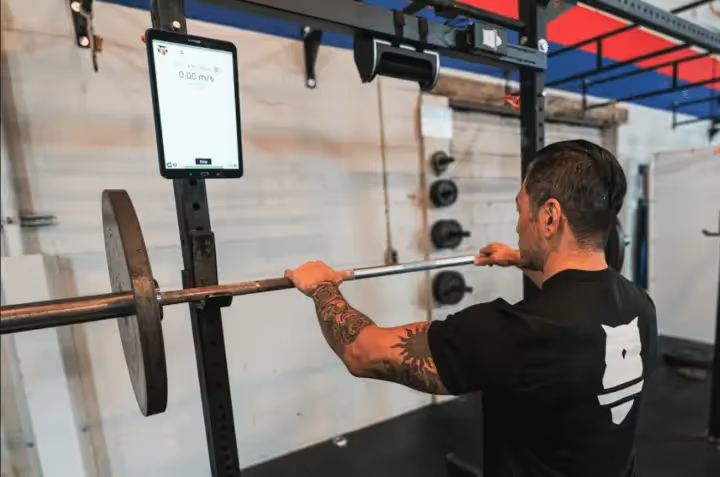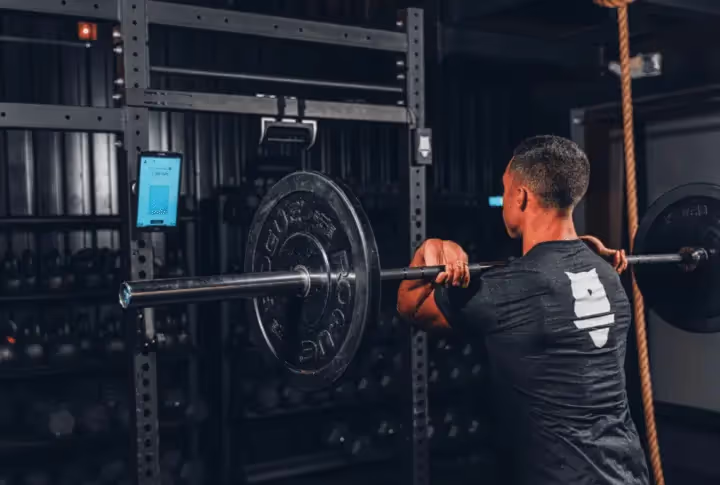The Role of Power and Work Metrics in Optimizing Weight Room Performance

In the pursuit of athletic excellence, athletes and coaches understand that pushing their limits in the weight room can directly translate to success on the field, court, or track. While lifting weights may seem straightforward, the intricate interplay of variables such as power, work, performance, volume, and load creates a sophisticated framework that, when understood and managed, can propel athletes to new heights. In this post, we delve into the significance of power and work as vital and often overlooked metrics for guiding performance improvement, managing training volume, and preventing under or overtraining.
The Power Paradigm: Unleashing Athletic Potential
Power, in the context of strength training, refers to the speed at which force is generated. It's a key metric because it reflects an athlete's ability to exert maximal strength in minimal time. Power development is pivotal in nearly all sports, from sprinting to jumping to kicking. This is because it directly correlates with explosive performance. Measuring power allows athletes and coaches to gauge the efficiency of movement and pinpoint weaknesses that need improvement and also establish crucial baselines to understand improvement and even return to play in the event of an injury. Power is measured in watts.
1. Power and Performance: The Symbiotic Relationship
The connection between power and athletic performance is undeniable. Take sprinting, for example. The power generated in each stride directly influences an athlete's speed on the track. Similarly, basketball players need explosive power to make quick cuts and elevate for shots. Regularly tracking power metrics in the weight room enables athletes to monitor progress and tailor their training programs to address specific performance demands. Perch is capable of tracking both peak and mean power across all lifts. Your data is stored longitudinally so athletes and coaches can monitor progress in either the tablet or web applications.
2. Progress Tracking and Load Manipulation
Power measurements provide insights into an athlete's progress over time. By tracking power output, athletes can discern whether their training efforts are yielding results or if adjustments are needed. Furthermore, manipulating training load based on power output can be a strategic approach to avoiding plateaus. For instance, adjusting load or volume in response to changes in power output can keep the body adapting and prevent stagnation. Additionally, we know that typically the velocity training zones that illuminate power are between 0.5 and 1.0 m/s, so if we need to improve power, we know if we train within that zone we likely will.
Work: The Metric of Effort and Balance
While power focuses on the speed of force generation, work encompasses the overall effort exerted during a training session. It's a composite metric that considers both the force applied and the distance over which it's applied. This holistic measurement offers invaluable insights into an athlete's training volume, effort levels, and potential overtraining. Work is measured in kilojoules.
1. Balancing Load and Recovery
Work measurements provide a window into the balance between training intensity and recovery. Consistently high work output without adequate recovery periods can lead to overtraining and burnout. On the other hand, low work output might indicate undertraining. By quantifying work, athletes and coaches can fine-tune training protocols to ensure optimal progress while avoiding the pitfalls of overexertion or underutilization.
2. Early Warning System: Detecting Overtraining and Undertraining
Work metrics can serve as an early warning system for overtraining or undertraining. Drastic drops in work output can signal fatigue and the need for recovery, while excessive work output might indicate an athlete is pushing too hard without adequate rest. Monitoring work trends helps athletes avoid the physical and mental toll of overtraining, optimizing long-term performance gains. Coaches can keep track of this long term and let the entire team staff know if training is on track, below, or above what is typical. Adjustments can be made as needed from there for optimal performance on the field and in the weight room. In having a singular metric that determines effort, we're able to understand athlete stress and training response more clearly.
Incorporating Power and Work Metrics Into Training Programs
The integration of power and work metrics into training programs requires a systematic approach. Athletes and coaches can use a variety of tools, such as GPS or heart rate monitors, force plates, and velocity-based training systems, to measure power output during lifts. These metrics can then be used to guide load progression, manage recovery, and tailor training volume to an athlete's needs.
1. Periodization: A Strategic Approach
Periodization, the systematic planning of training phases, is enhanced and informed by power and work metrics. By structuring training blocks that focus on power development, work capacity, max strength, and on across the spectrum, athletes can experience well-rounded progress while minimizing the risk of overtraining.
2. Individualization and Feedback Loops
Every athlete responds differently to training stimuli. Power and work measurements enable the customization of training programs based on individual strengths and weaknesses. Regularly analyzing these metrics allows coaches and athletes to adjust training volume, intensity, exercises, and load to optimize performance outcomes.
Conclusion
The weight room is not just a space for lifting weights; it's a laboratory for refining athletic potential. Power and work metrics provide athletes and coaches with the tools to fine-tune training regimens, optimize performance gains, and prevent the pitfalls of overtraining and undertraining. By harnessing the insights gained from these metrics, athletes can unlock their full capabilities and reach new heights in their respective sports. Whether it's a sprinter striving for that extra burst of speed or a basketball player aiming for greater explosiveness, the intelligent integration of power and work measurements paves the way for unparalleled athletic achievement.
Read more about Perch here! And check out Product Videos here. And our support website here.
Back to basics? Review the origins of VBT and Strength Training!

Start Gathering Data With Perch Today!
Reach out to us to speak with a representative and get started using Perch in your facility.

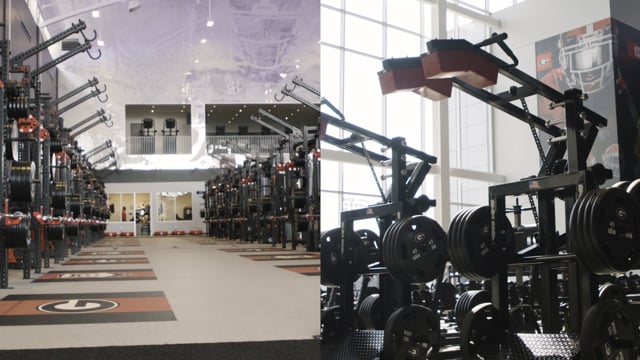




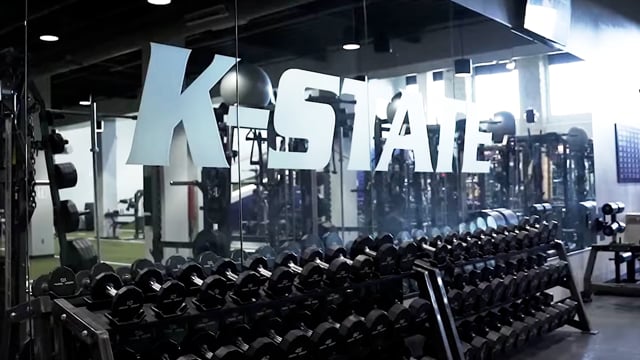


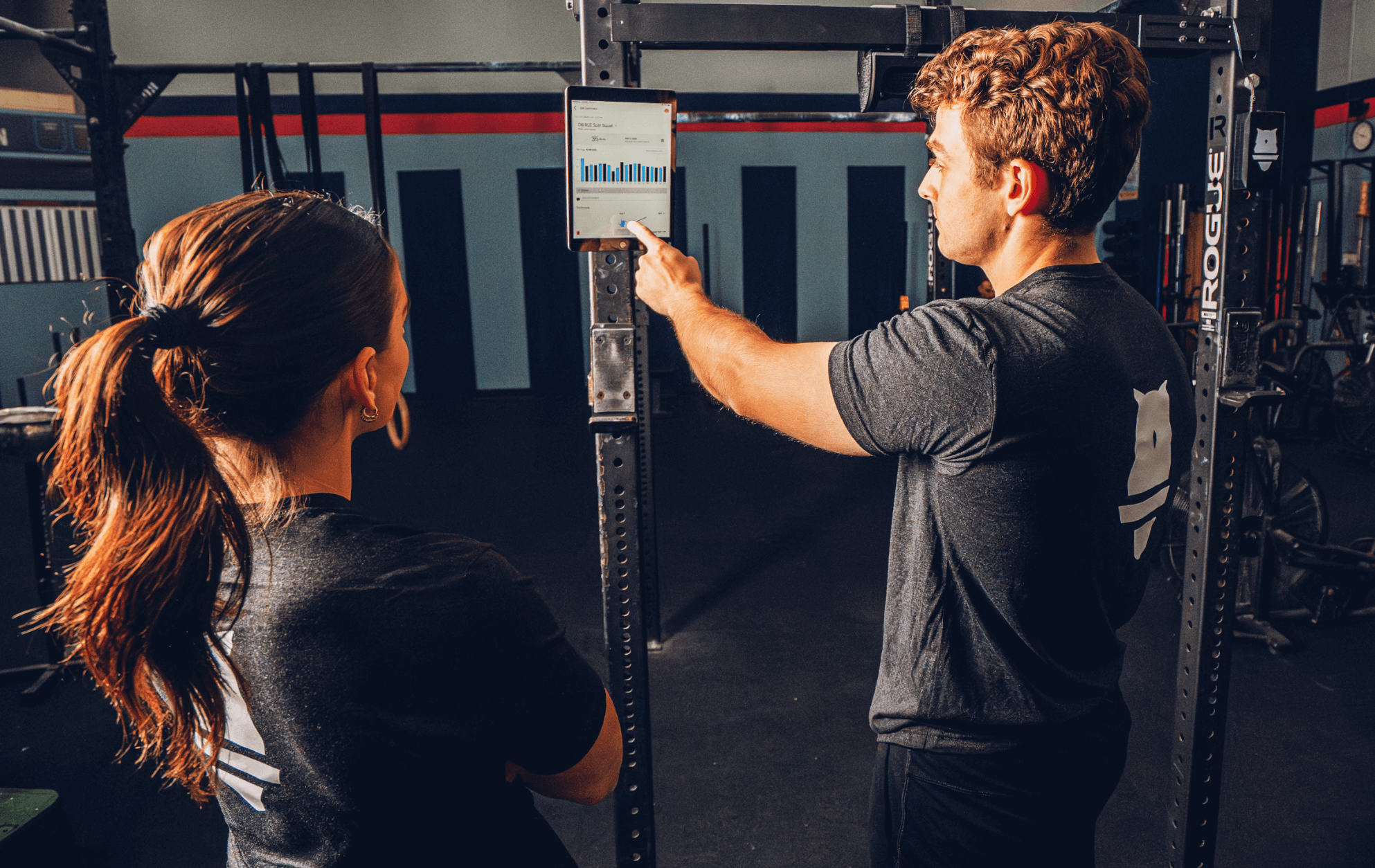
































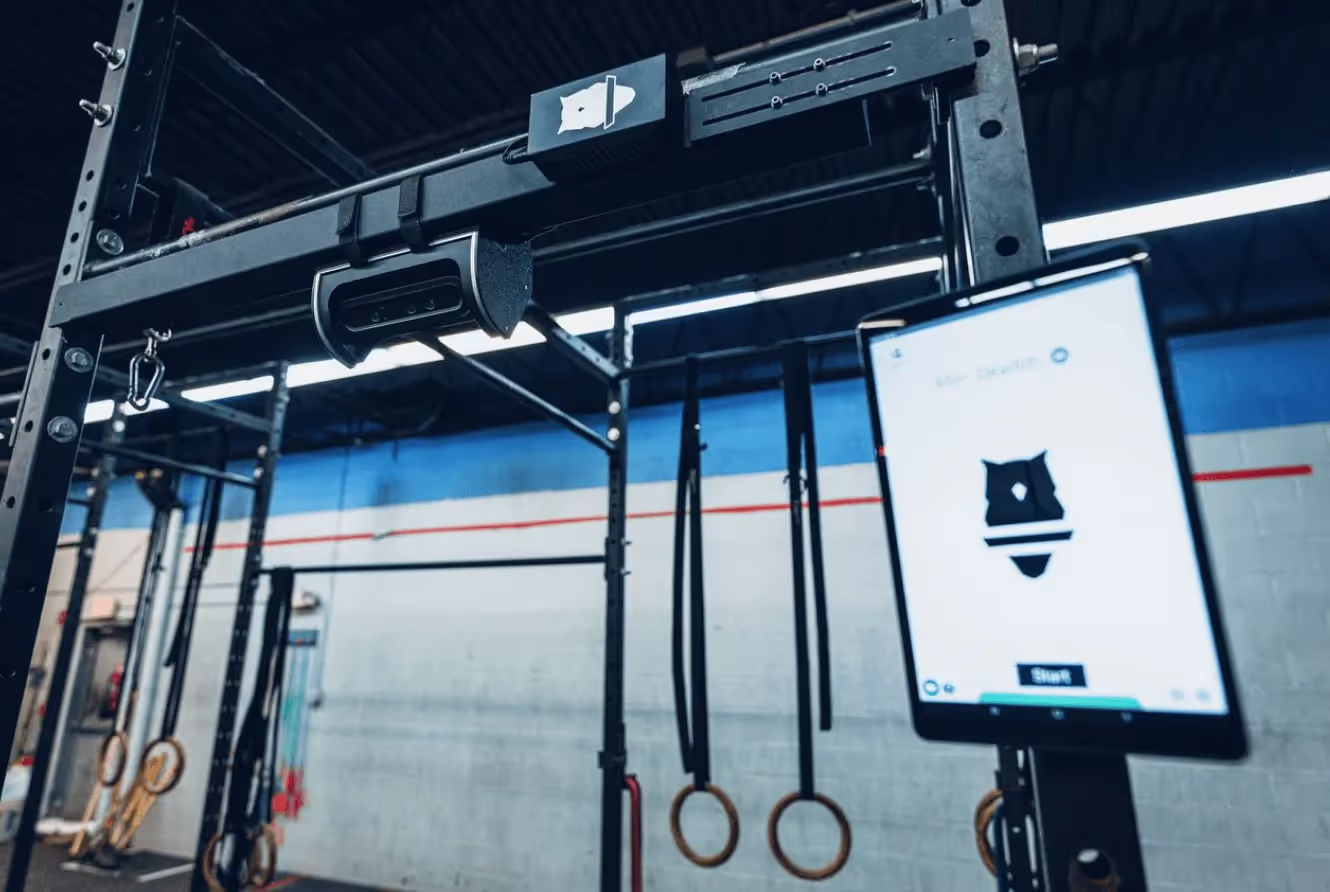
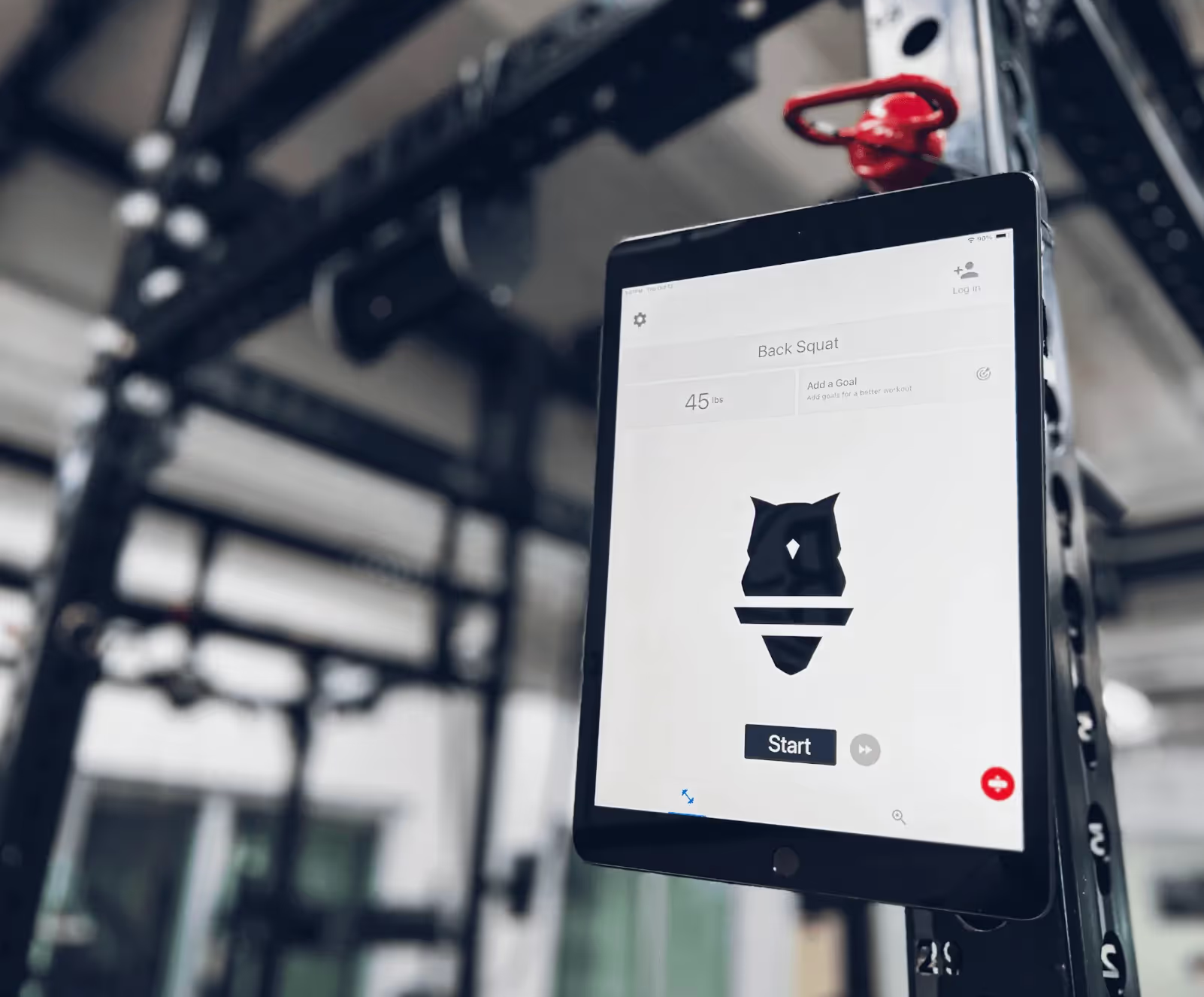


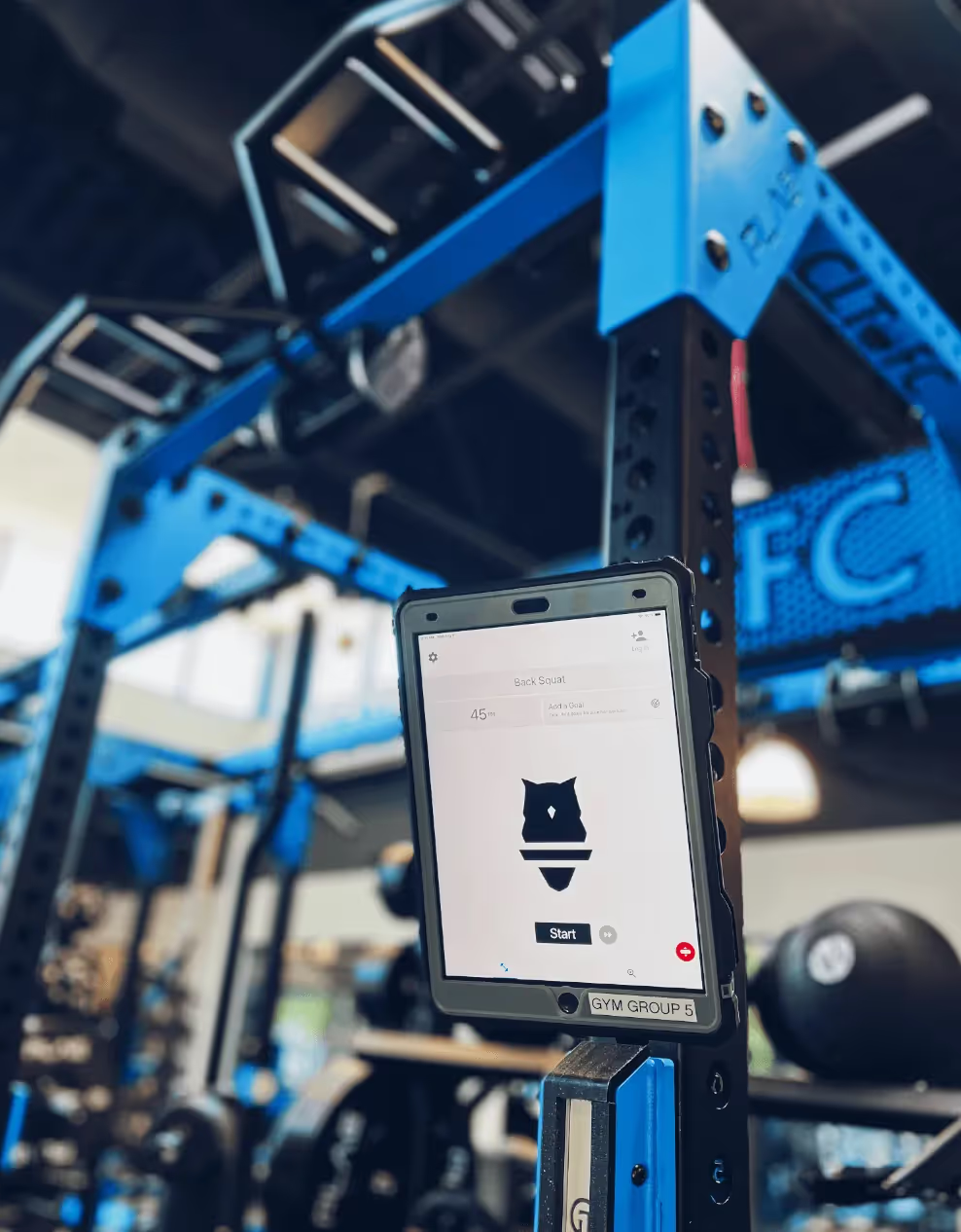
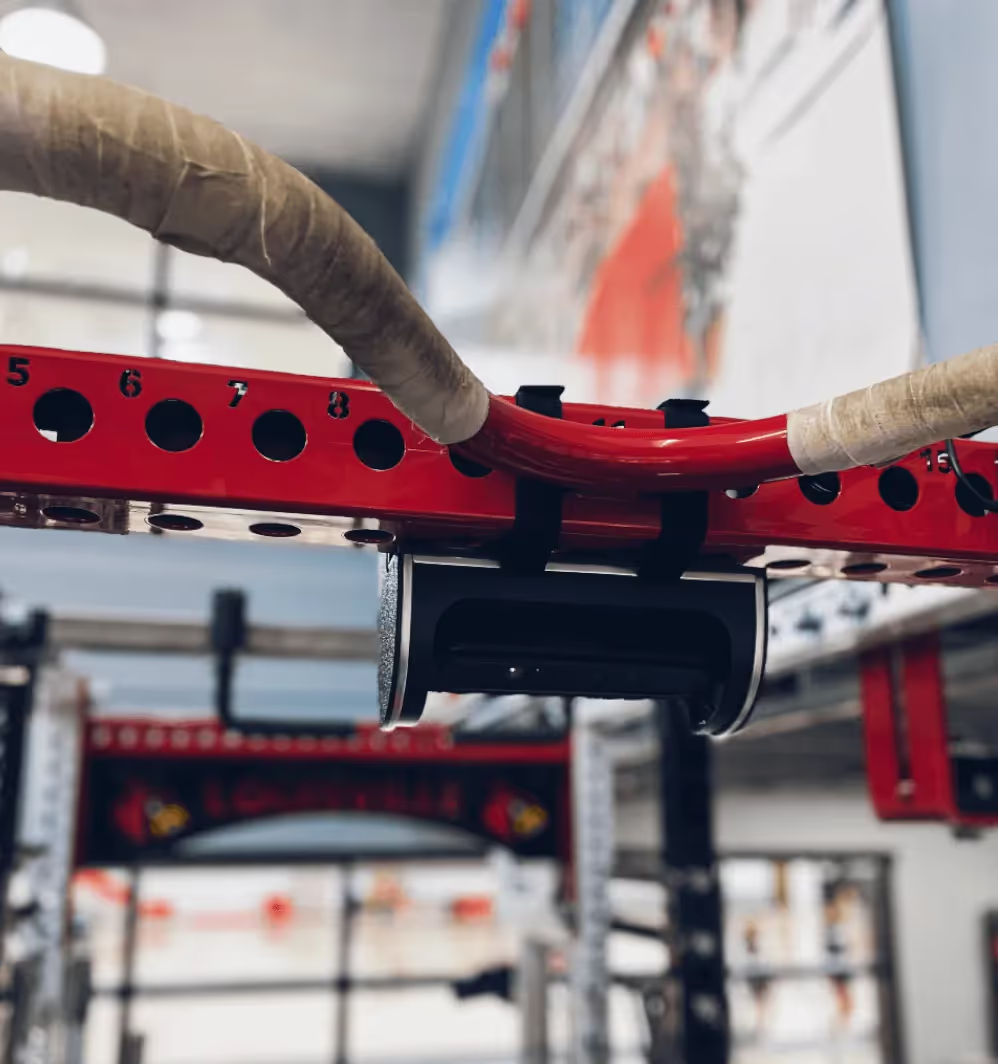












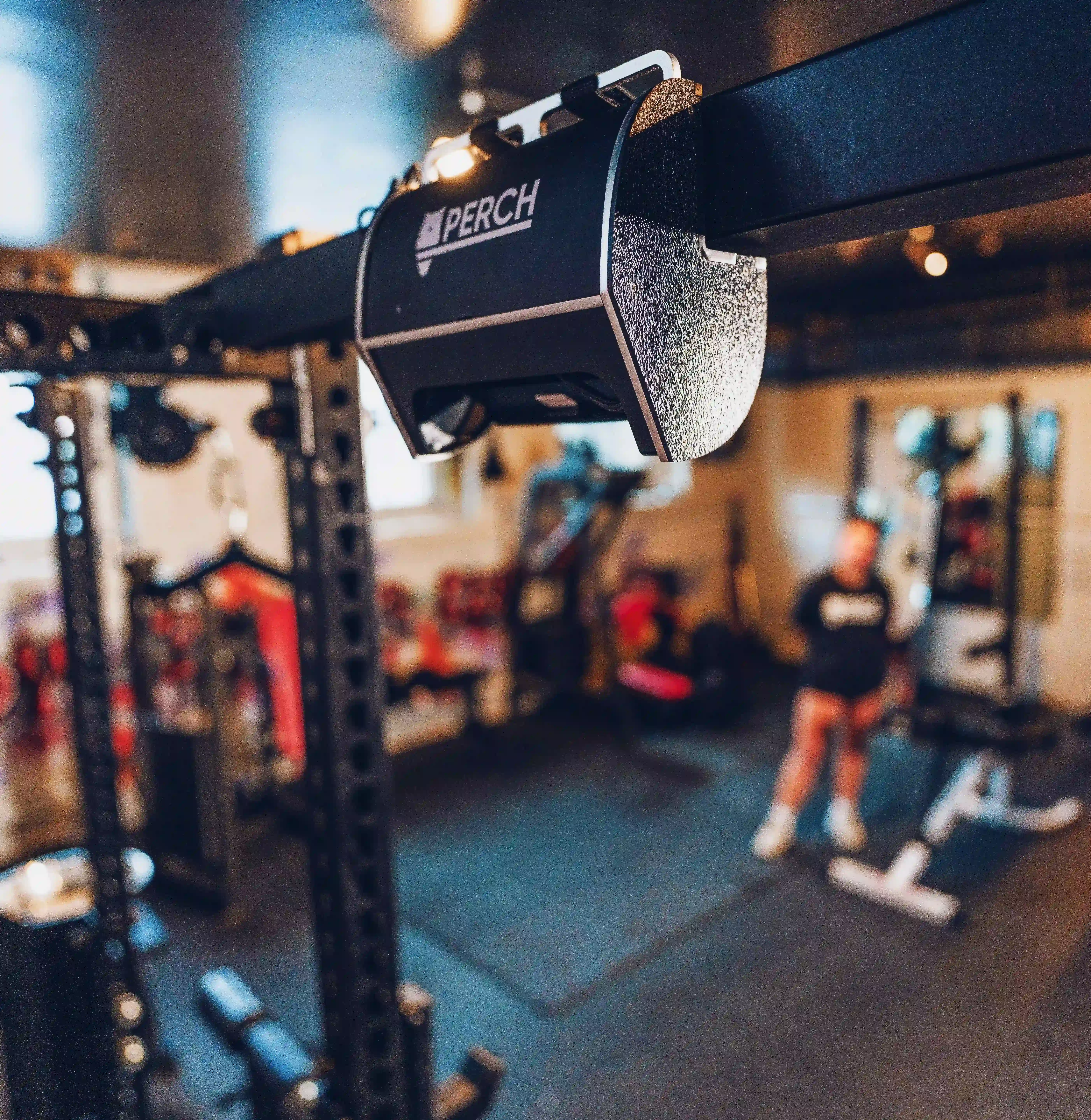
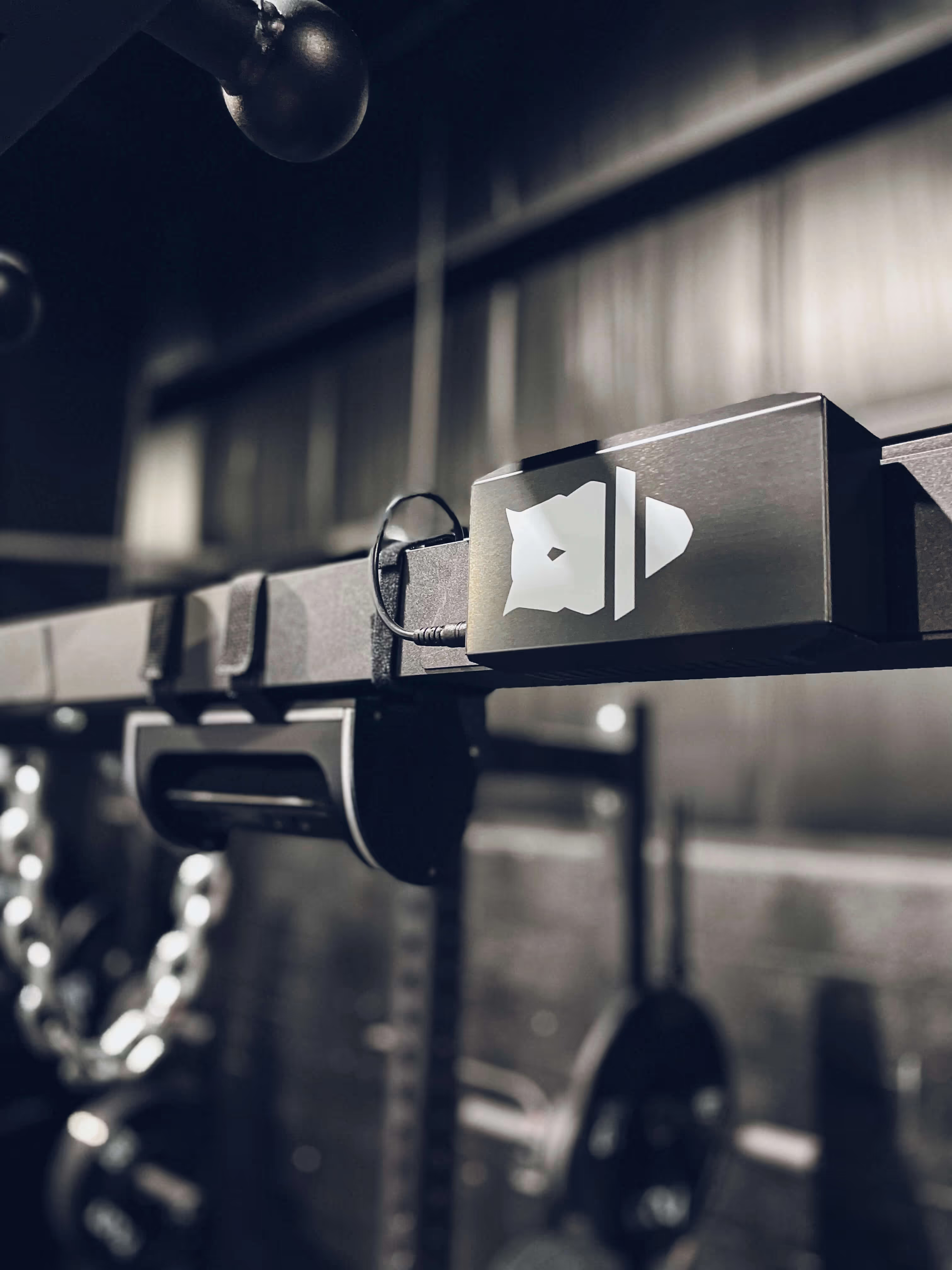

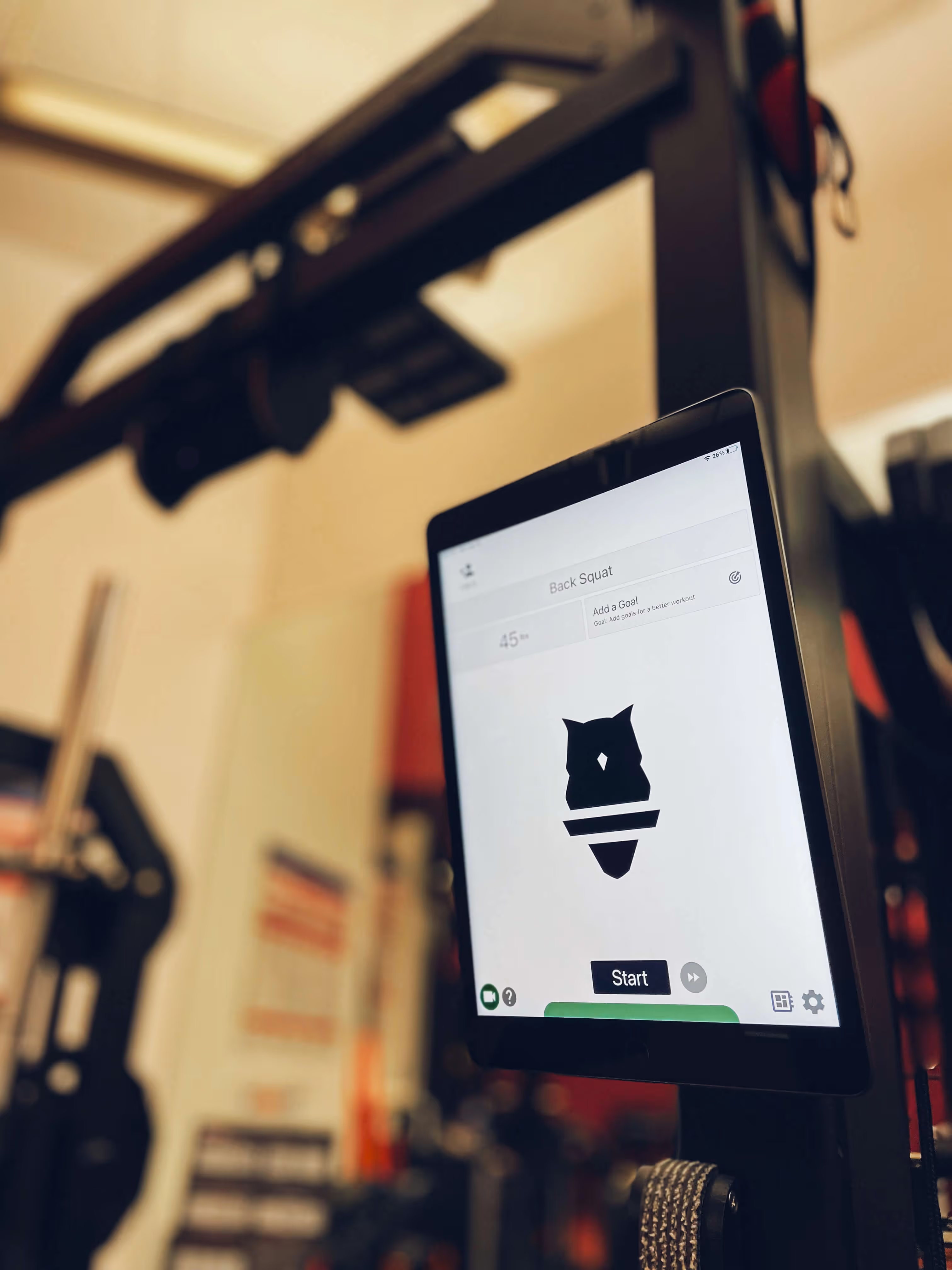








.avif)






